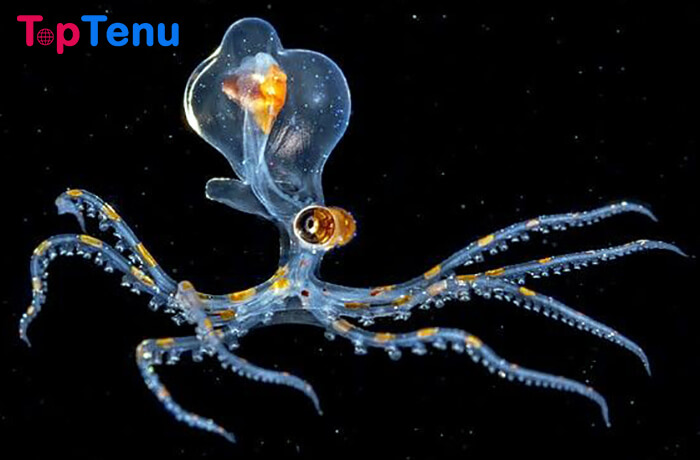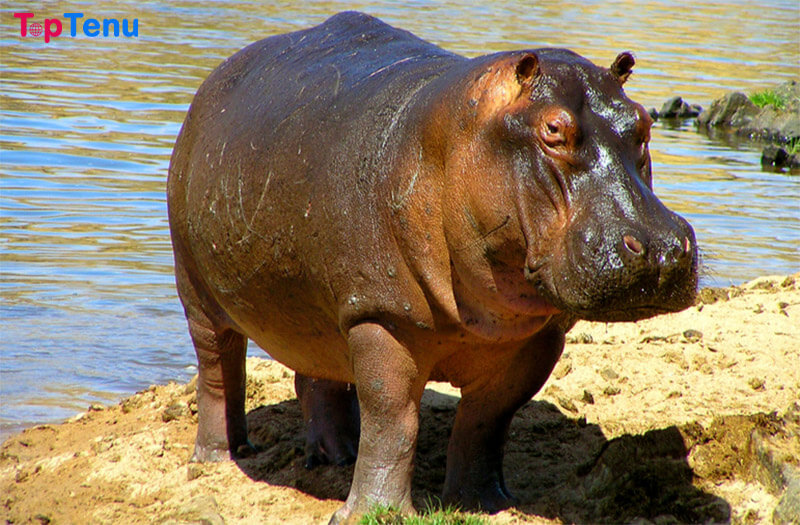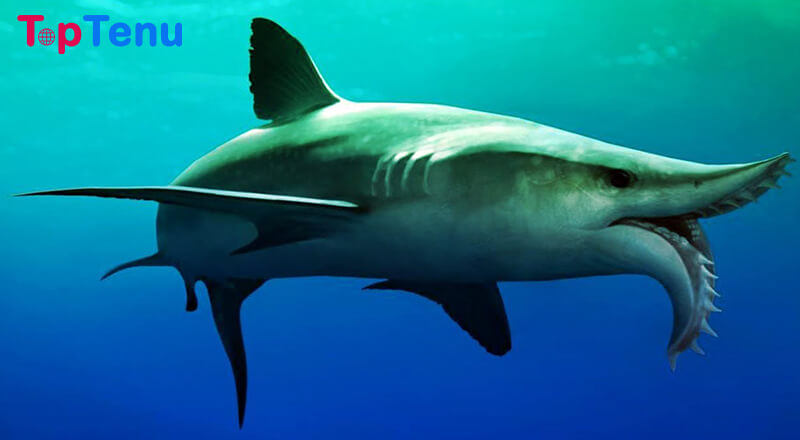In this Article, We Share the list of the Top 10 Animals on Verge of Extinction. Don’t Waste time Let’s Start!!!!
Top 10 Animals on Verge of Extinction
Have you ever wondered what life would be any animals on this planet? It’s true that life would not be the same as animals can seem insignificant or even risky to humans. Yet, every one of them has an essential part in the ecology. Wildlife plays an important function by harmonizing the surrounding. There are many species of animals from small to large like the Rhinos, Elephant, Pangolin and many others. are nearly gone. The illegal trade of animals is taking place all over the world, and the value is between 7 and 23 billion US dollars. Between 2013 and 2016 around 20 tons of Pangolin scales have been seized from illegal shipment in Africa. If there is no action taken to stop this poaching illegally the animals of this era will vanish from the earth. Here is the list of the top 10 animals that are nearly gone.
1. Hawksbill Turtle

They are characterized by pointed and narrow beaks that have distinct shapes of scales that are overlapping on the shell which form an eerily-like look around the edges. This makes them valuable in the market. They can be found all in the oceans of the tropical zone and are mostly found within coral reefs. The main problem for these majestic creatures is the accidental interception in fishing nets as well as excessive exploitation by humans due to their gorgeous shells and meat. Additionally, their eggs are a treat for many. They also die as a result of the loss of habitat. Because of the declining of the coral reefs, mainly because of destruction caused by humans. Many international treaties and conventions along with laws in each country protect from the Hawksbill Turtle. The records included in the Convention on International Trade in Endangered Species prohibits trade of the turtle. It is also listed in the category of critically endangered by the World Conservation Union. The population of the turtle is monitored frequently with The National Marine Fisheries services. This is why it is clear that the most significant threat that causes the loss of wildlife is humankind, through destruction of habitats, pollution and destruction. It is therefore our duty to protect animals. The best method of doing this is to first save the natural environment surrounding us.
Read also: Top 10 Exotic Pets in the World
2. South China Tiger

It is often referred to as the Amoy located within the forest that are located in South China. Its size is less than other species of Tiger. It is the most threatened cat. There are only about 30-50 are left. China is hunting it with a high frequency. This is now the biggest threat to wipe them out of the planet. To keep this tiger alive today, the WWF is planning to bring captive-bred tigers to the forest.
Read also: Top 10 Transparent Animals in the World
3. Saola

They were discovered only yesterday in 1992. They are nearing extinct. The population is predicted to be less than a dozen. They are threatened through habitat loss and hunt. Soala are antelope-like with two horns of black that are long and smooth. They’re straight and curved backwards slightly. Their horns can be up to 50cm in length. They also have white spots on lips, cheeks and cheeks. They’re found on the chin, lips and cheeks in Vietnam in Vietnam as well as Laos. The most significant risk for Saolas is the hunt for their meat, and the horns used to make trophy animals. Villagers have traps that capture the animals. Another risk is loss of habitat due to humans clearing forests to build infrastructure and for agriculture and this is where the habitat is for the Saolas. WWF has been involved in protecting of the saola, thus strengthening the protection of protected areas as well as conducting research as well as community-centered forest control capacity building and improving the implementation of laws.
Read also: Top 10 Animals that Scientists Want to de-Extinct
4. Sumatran Orangutan

It is among the two kinds of orangutan that are located throughout Indonesia in the Indonesian island Sumatra. The eight orangutans currently kept in cages that are quarantined in the Sumatran Orangutan Conservation Programme at the Quarantine Centre are left due to the fact that they require long-term treatment due to disabilities and health-related issues. They cannot release into wild as. The most significant threat facing Orangutans is the extensive loss of Sumatran rainforest due to human activities like mining, logging, and roads construction, and also clearing to allow for the cultivation of land and livestock, making the animals an easy target for poaching as their populations are in a state of isolation and fragmentation. When they are captured and transport, 6-8 or more of them die each day. The international laws were established that prohibit the trade of this animal.
5. Amur Leopard

There are just 35 Amur leopards living around the globe today, as they are lost because of poaching that is illegal and habitat destruction. Amur leopards are found in the Northern regions of China as well as Russia and in Russia’s Far East. The leopard is very independent existence. They’re also fierce and quick. The greatest threat for amur leopards Amur leopard is poaching that is illegal as their fur is a stunning and spotted, making it expensive and could be as high as 1000 dollars. A group made up comprised of Russian together with 15 of the world’s NGOS is being established to aid in the protection from Amur leopards. Amur leopard. It’s known as The Amur Leopard and Tiger Alliance (ALTA) and raises funds from the international community of zoos, public and corporate sponsors, to implement organizations trying to save these majestic and endangered creatures.
6. Vaquita

Vaquita is the most sought-after marine mammal on the planet. The body of the animal is gray, with an elongated stomach that is white, in the eye area, it is covered with dark spots. Out of the 7 species of Vaquita it is the smallest and only one to be found can be found in its Eastern Pacific Ocean where waters are warm. They are found in a small part of the Gulf of California in the north. Based on the WWF the vaquita population is just 30 that are left. The biggest risk is accidental deaths, after they are caught in gillnets which are designed to capture other species of marine life. If an end to gillnets cannot be enforced, they’ll be gone quickly, and likely by the year 2018. It is crucial to remove all nets to keep the vaquita.
7. Pangolin

Pangolin is the sole mammal with its whole body has been covered in scales. They are armed with large, curved claws that dig up termites’ nests as well as ant nests. They are employed to pull barks off trees and pull logs in order to search for their prey for insects. Additionally, they are called scaly anteaters and are becoming more victims of poaching illegally throughout Asia and Africa in the areas where they can be found. Their meat is considered to be delicacy while their scales are sought-after. There are only eight species of pangolin are in existence today, with four species found in Asia and four species found in Africa. National and international laws protect the pangolins. The species is in the category as Critically threatened in the IUCN Red List of threatened species. In 2011, over 100 pangolins were the victims of poaching that was illegal and experts claim that it is the most traded animal that will eventually render them extinct.
8. Mountain Gorilla

Another animal that is on the verge of going extinct. They are particularly found on the continents of Congo, Uganda, and Rwanda. The largest and the most impressive gorillas. They’ve been featured in a variety of films, including Tarzan as well as King Kong. According to WWF the mountain gorillas are impacted by fragmentation, conflict between wild and human and habitat. This is why it is vital that we protect them prior to their becoming entirely extinct. Mountain gorillas suffer from destruction of their habitats, human-caused diseases, and also poaching illegally. WWF is cooperating closely with the government across in the Congo Basin, international institutions as well as timber companies to promote discussions and to promote superior ecological practices in the timber industry.
9. Javan Rhinoceros

It is the scarcest and most vulnerable type of rhino. With just 60 left inside Ujung Kulonin National Park of Ujung Kulonin Indonesia. The last rhino to die was in Vietnam in the year 2010. The rhino only has one horn that measures about 10 inches. The body is dark gray in hue. Its skin is covered in free folds that make it appear like an armor. The number of rhinos is a significant issue, and the tiny hereditary variation is what makes it extremely hard to keep them as viable. The primary factors that pose a threat to the Javan rhino include the massive explosions that occurred on the Anak Krakatau volcano and the tsunamis that kill them in massive quantities. Rhinos have also been killed by illnesses in recent times that have been proven to be transmitted by wild livestock. The WWF monitors the rhinos, and is monitoring their movements, distribution, the genetic diversity of their populations, and sex ratio, and their behavior. WWF also assists in managing the natural environment within Ujung Kulon’s national park. Ujung Kulon. The major efforts are focused on getting rid of the Arenga palm, a threatening species that renders the park empty of food sources for rhinos. The palm also assists in the protection of rhinos against poaching.
10. Giant Panda

It is often referred to in the panda bear name. The giant panda is a native of China. It is a treasure within China and is loved throughout the world. This panda comes in black and white colors across its bodies. The research shows that adult pandas last for up to 30 years. But this isn’t always the situation. Because both Cubs and adult pandas are killed due to predators like as yellow-throated martens, and snow leopards that devour and kill this species. Particularly pandas are in danger of dying due to the destruction and loss of their habitats, as well as hunters hunting other animals as well as taking plants from forests. The most disturbing thing is that they are susceptible to loss of habitat and devastation. But only humans can ensure a good chance for the pandas to keep existence by safeguarding their habitat and the place in which they inhabit.





